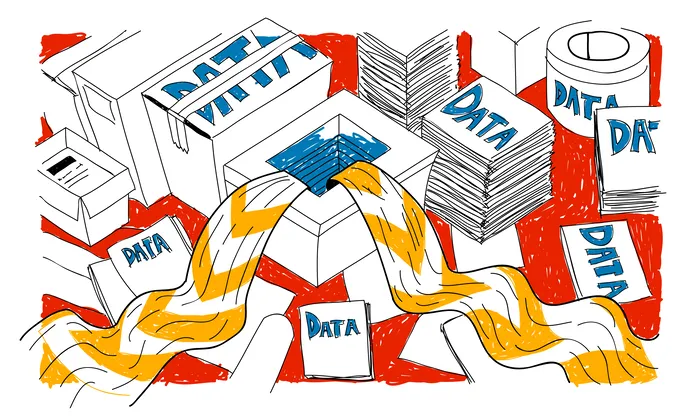How are doctor–patient speech datasets used in ASR development?
ASR
Healthcare
Speech AI
Doctor-patient speech datasets are pivotal in developing automatic speech recognition (ASR) systems designed specifically for healthcare applications. These datasets, crafted from simulated yet authentic dialogues, offer rich training material for ASR systems tasked with understanding and transcribing complex medical conversations. Here’s how they function and their significance in healthcare AI.
Why Doctor-Patient Speech Datasets Matter
Doctor-patient speech datasets are crucial for creating ASR systems that can accurately handle medical dialogues. The healthcare environment is complex, featuring specialized vocabulary, diverse accents, and critical contextual understanding. By training ASR models with datasets that capture these nuances, developers can significantly enhance the system's accuracy and reliability in real-world medical settings.
Ethical Framework: Balancing Realism with Compliance
These datasets are constructed using simulated conversations, ensuring realistic dialogue while safeguarding patient privacy. Licensed medical professionals supervise the creation of these scenarios, ensuring that the dialogues are both clinically accurate and ethically sound. This approach effectively mitigates legal risks associated with using real patient data, making it a safe and practical choice for developers.
Dataset Composition and Real-World Applications
Doctor-patient datasets typically comprise numerous dialogues that mirror a range of clinical interactions. Each recording lasts about 5 to 15 minutes and reflects the natural communication flow observed in healthcare environments. Key components include:
- Varied Clinical Scenarios: From initial consultations to follow-up visits, these datasets cover a wide spectrum of doctor-patient interactions, providing a comprehensive understanding of clinical communications.
- Speaker and Linguistic Diversity: Featuring a variety of doctor-patient pairs, these datasets ensure broad representation across accents, dialects, and medical specialties. Moreover, they offer multilingual support, reflecting the global nature of healthcare.
This diversity is essential for developing robust ASR models capable of processing speech across different demographics and linguistic backgrounds, making them invaluable for applications like telehealth platforms and clinical documentation systems.
Methodology: Ensuring Authenticity and Quality in Recordings
The creation of doctor-patient speech datasets involves meticulous methodology to replicate authentic clinical environments. Recordings are conducted both remotely and in-person to capture the nuances of real interactions. Critical aspects include:
- Participant Consent and Oversight: All contributors provide informed consent, and healthcare professionals monitor the dialogues to ensure they meet clinical standards.
- Rigorous Quality Control: Each recording undergoes comprehensive quality checks, including assessments of audio clarity and duration. This ensures that the data used for ASR training is both accurate and reliable.
Transcription and Annotation: Capturing Conversational Nuances
For effective ASR model training, accurate transcription and annotation are vital. This process not only captures the spoken words but also the subtleties of human communication, such as pauses and emotional cues. Key features include:
- Verbatim Transcription: Conversations are transcribed exactly as spoken, preserving the dialogue's natural flow, which is critical for training models to recognize conversational nuances.
- Comprehensive Annotations: These include intent and sentiment tagging, along with medical terminology, enhancing the contextual richness available for ASR models.
Building the Future of Healthcare AI
Doctor-patient speech datasets are foundational to the advancement of healthcare AI. By providing a rich, ethically compliant, and linguistically diverse resource, these datasets enable the creation of sophisticated ASR systems capable of understanding and processing medical conversations with high accuracy. As the field evolves, leveraging these datasets will be crucial for enhancing the capabilities of healthcare AI solutions.
FAQs
Q. What are some specific applications of doctor-patient speech datasets in ASR?
These datasets are instrumental in enhancing applications such as clinical documentation systems, telehealth services, and healthcare chatbots, where accurate speech recognition is essential for effective communication between healthcare providers and patients.
Q. How do these datasets maintain ethical standards?
Ethical standards are maintained by using simulated dialogues that do not involve real patient data, thus ensuring compliance with regulations like GDPR and HIPAA. This ethical framework allows the creation of realistic yet safe training data.
What Else Do People Ask?
Related AI Articles
Browse Matching Datasets
Acquiring high-quality AI datasets has never been easier!!!
Get in touch with our AI data expert now!








